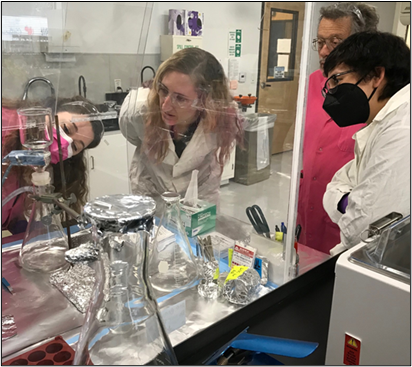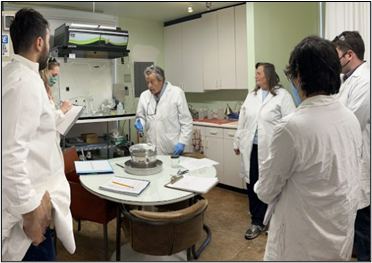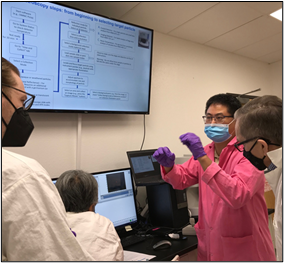Standardized microplastics monitoring methods introduced to accreditation agencies

SCCWRP hosted a three-day workshop in April to introduce laboratory accreditation agencies to California’s newly developed draft methods for measuring microplastics in drinking water, including how to evaluate laboratories for basic competency in the methods. The workshop marked the first opportunity for the laboratory accreditation community to gain hands-on experience in the microplastics measurement methods, which were standardized via an international SCCWRP-facilitated study. Workshop participants included assessors from the California Environmental Laboratory Accreditation Program (ELAP), as well as third-party assessor organizations from across the nation. The workshop was held in response to the release last fall of a State Water Resources Control Board draft policy requiring drinking water agencies in California to monitor microplastics for four years; California is expected to become the first entity in the world to enact a routine microplastics monitoring requirement for drinking water.


More news related to: Emerging Contaminants, Trash Pollution